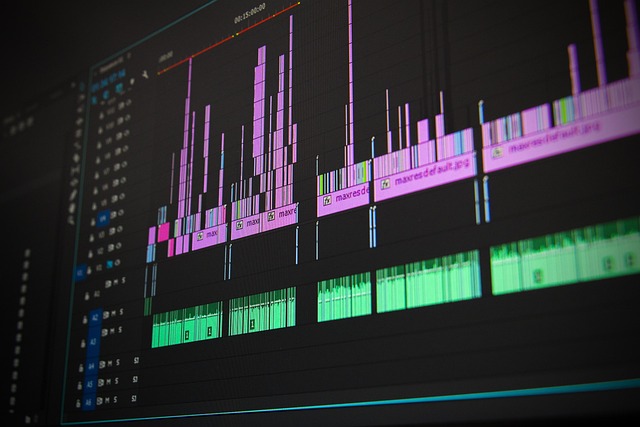Indie Game Preservation: Saving Digital Legacies
In the ever-evolving landscape of video games, a hidden crisis looms beneath the surface. As technology marches forward and platforms become obsolete, countless indie games face the threat of disappearing into the digital void. This article delves into the pressing need for indie game preservation, exploring the challenges, efforts, and importance of safeguarding these digital creations for future generations.

Unlike physical media, which can be preserved through traditional archival methods, digital-only games face unique challenges. The lack of physical copies, coupled with the rapid pace of technological change, creates a perfect storm for potential loss. This issue is particularly acute for indie games, which may not have the resources or infrastructure to ensure long-term accessibility.
The Cultural Significance of Indie Preservation
Preserving indie games is not just about maintaining playability; it’s about protecting a vital part of gaming culture and history. Indie games often push boundaries, experiment with new ideas, and reflect the zeitgeist of their time in ways that bigger budget titles may not. They serve as important cultural artifacts, documenting the evolution of game design, storytelling techniques, and artistic expression in interactive media.
Moreover, indie games frequently tackle niche topics or underrepresented perspectives, making them invaluable resources for understanding diverse narratives in gaming. Losing these games means losing a piece of our collective digital heritage and the voices of creators who have significantly contributed to the medium’s growth.
Technical Challenges in Preservation
The technical aspects of preserving indie games present significant hurdles. Many indie titles are created using proprietary engines or tools that may become outdated or unsupported over time. Emulation, a common preservation technique for older console games, becomes exponentially more complex when dealing with modern PC games that rely on specific software environments.
Additionally, online components, which are increasingly common in indie games, pose another layer of complexity. When servers shut down or online services become unavailable, entire portions of games can become inaccessible, fundamentally altering the experience or rendering the game unplayable.
Legal and Ethical Considerations
The preservation of indie games also raises important legal and ethical questions. Copyright laws, designed to protect intellectual property, can sometimes hinder preservation efforts. Archivists and preservationists must navigate complex legal landscapes to ensure their work doesn’t infringe on creators’ rights while still safeguarding games for posterity.
There’s also the question of consent and respect for creators’ intentions. Some developers may view their games as temporary experiences, not meant for long-term preservation. Balancing the cultural importance of preservation with the wishes of creators adds another layer of complexity to the issue.
Current Preservation Initiatives
Despite the challenges, several organizations and individuals are working tirelessly to preserve indie games. The Internet Archive’s software collection, for instance, includes a growing number of playable browser-based games, many of which are indie titles. Community-driven efforts, such as fan-made patches and unofficial servers, also play a crucial role in keeping games alive long after official support has ended.
Academic institutions are increasingly recognizing the importance of game preservation, establishing dedicated programs and archives. These initiatives not only preserve games but also document their development processes, providing invaluable resources for researchers and future game creators.
The Future of Indie Game Preservation
As awareness of the issue grows, new technologies and methodologies are emerging to address the challenges of indie game preservation. Blockchain technology, for example, is being explored as a potential solution for verifying and preserving digital assets, including games. Cloud gaming services, while not primarily designed for preservation, may inadvertently contribute to game longevity by maintaining compatible versions of titles on their platforms.
The future of indie game preservation will likely require a collaborative effort between developers, platform holders, archivists, and the gaming community. Standardizing preservation practices, developing more robust emulation technologies, and creating legal frameworks that support preservation efforts will be crucial steps in ensuring that future generations can experience the rich tapestry of indie games that have shaped the industry.
Conclusion
The preservation of indie games is a complex but vital endeavor that goes beyond mere nostalgia. It’s about protecting a significant part of our digital culture, fostering innovation by maintaining access to groundbreaking ideas, and ensuring that the diverse voices represented in indie games continue to be heard. As we move forward in this digital age, the efforts to preserve indie games will play a crucial role in shaping how we understand and appreciate the evolving art form of video games.




